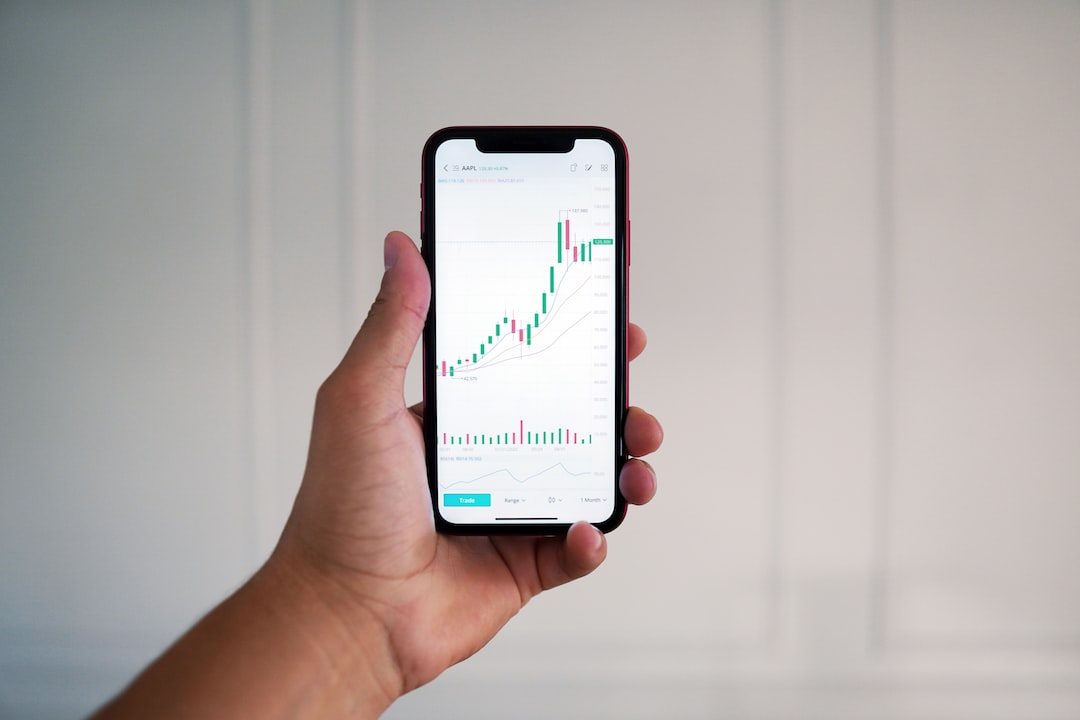The USD/JPY currency pair, also known as the “Ninja,” is one of the most actively traded pairs in the forex market. It is highly influenced by the economic policies of both the United States and Japan, making it susceptible to volatility. Traders who can effectively navigate the fluctuations can reap substantial profits. In this article, we will explore some effective strategies for trading USD/JPY in volatile markets.
1. Understanding the Relationship between USD and JPY:
To trade USD/JPY successfully, it is crucial to understand the relationship between the US dollar and the Japanese yen. The USD is considered a safe haven currency, meaning it tends to strengthen during times of uncertainty or market volatility. On the other hand, the JPY is also seen as a safe haven currency, leading to a correlation between the two.
During volatile market conditions, traders often flock to the USD, causing the USD/JPY pair to rise. However, it is important to note that this relationship isn’t always consistent, as other factors can influence the pair’s movement. Therefore, it is essential to analyze the market comprehensively before making any trading decisions.
2. Utilizing Technical Analysis:
Technical analysis plays a crucial role in trading any currency pair, including USD/JPY. When the market is volatile, it is even more important to analyze price charts and identify key levels of support and resistance. These levels can help traders determine potential entry and exit points.
Additionally, technical indicators such as moving averages, Bollinger Bands, and the relative strength index (RSI) can provide valuable insights into market trends and potential reversals. Traders should use these indicators in conjunction with other analysis tools to confirm their trading decisions.
3. Keeping an Eye on Economic News:
The USD/JPY pair is significantly influenced by economic news releases from both the US and Japan. Traders must stay updated on key economic indicators such as GDP, employment data, inflation rates, and central bank announcements. These events can cause significant volatility in the market and present trading opportunities.
For example, if the US Federal Reserve announces a change in interest rates, it can impact the USD/JPY pair. Traders should be prepared to react swiftly and adjust their trading strategies accordingly. Economic calendars and news websites are valuable resources to keep track of upcoming events.
4. Implementing Risk Management Strategies:
Volatile markets can be highly rewarding but also carry increased risks. Traders must implement effective risk management strategies to protect their capital. This includes setting stop-loss orders to limit potential losses and utilizing proper position sizing techniques.
Additionally, traders should avoid overtrading during volatile periods. It is essential to remain disciplined and stick to a well-defined trading plan. Emotional decision-making can lead to significant losses, especially when the market is highly unpredictable.
5. Using Breakout Trading Strategies:
Breakout trading is a popular strategy in volatile markets. Traders identify key levels of support and resistance and place trades when the price breaks out of these levels. This strategy takes advantage of sharp price movements and allows traders to enter trades with momentum.
To implement a breakout strategy effectively, traders should wait for confirmation of a breakout before entering a trade. This confirmation can be in the form of a candlestick pattern or a significant increase in trading volume. Stop-loss orders should also be placed to limit potential losses if the breakout fails.
In conclusion, trading USD/JPY in volatile markets requires a deep understanding of the relationship between the US dollar and the Japanese yen. By utilizing technical analysis, staying updated on economic news, implementing risk management strategies, and utilizing breakout trading strategies, traders can increase their chances of success. However, it is essential to remember that no strategy guarantees profits, and traders should practice proper risk management at all times.





